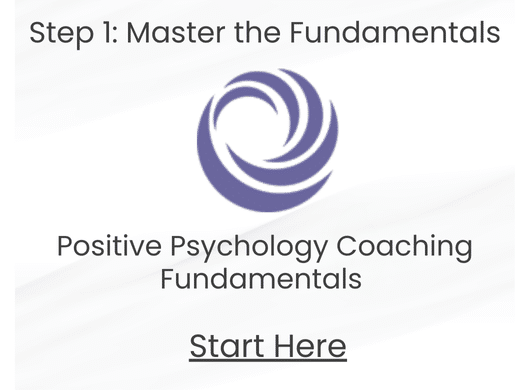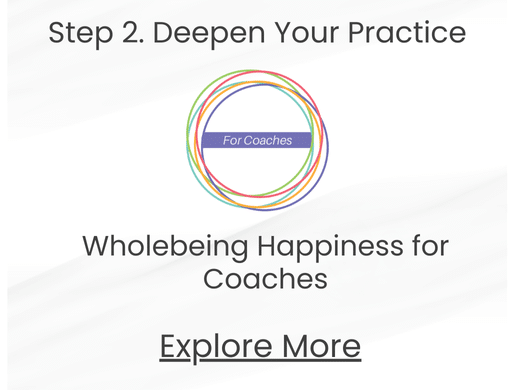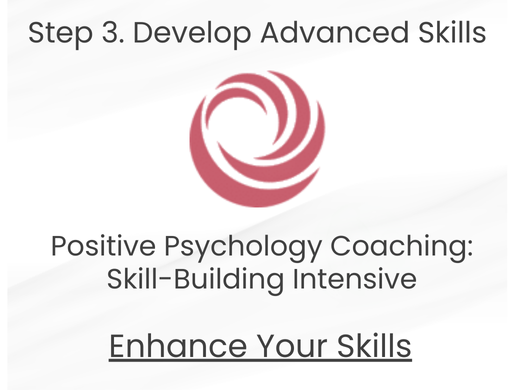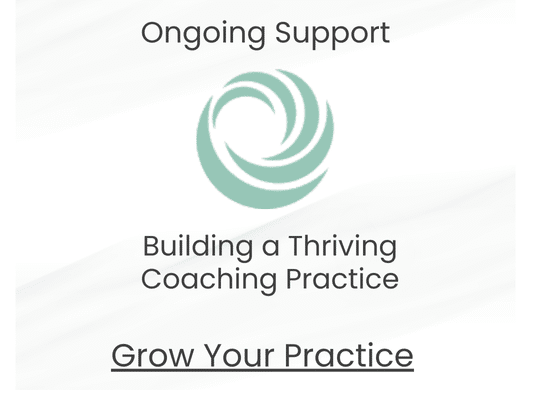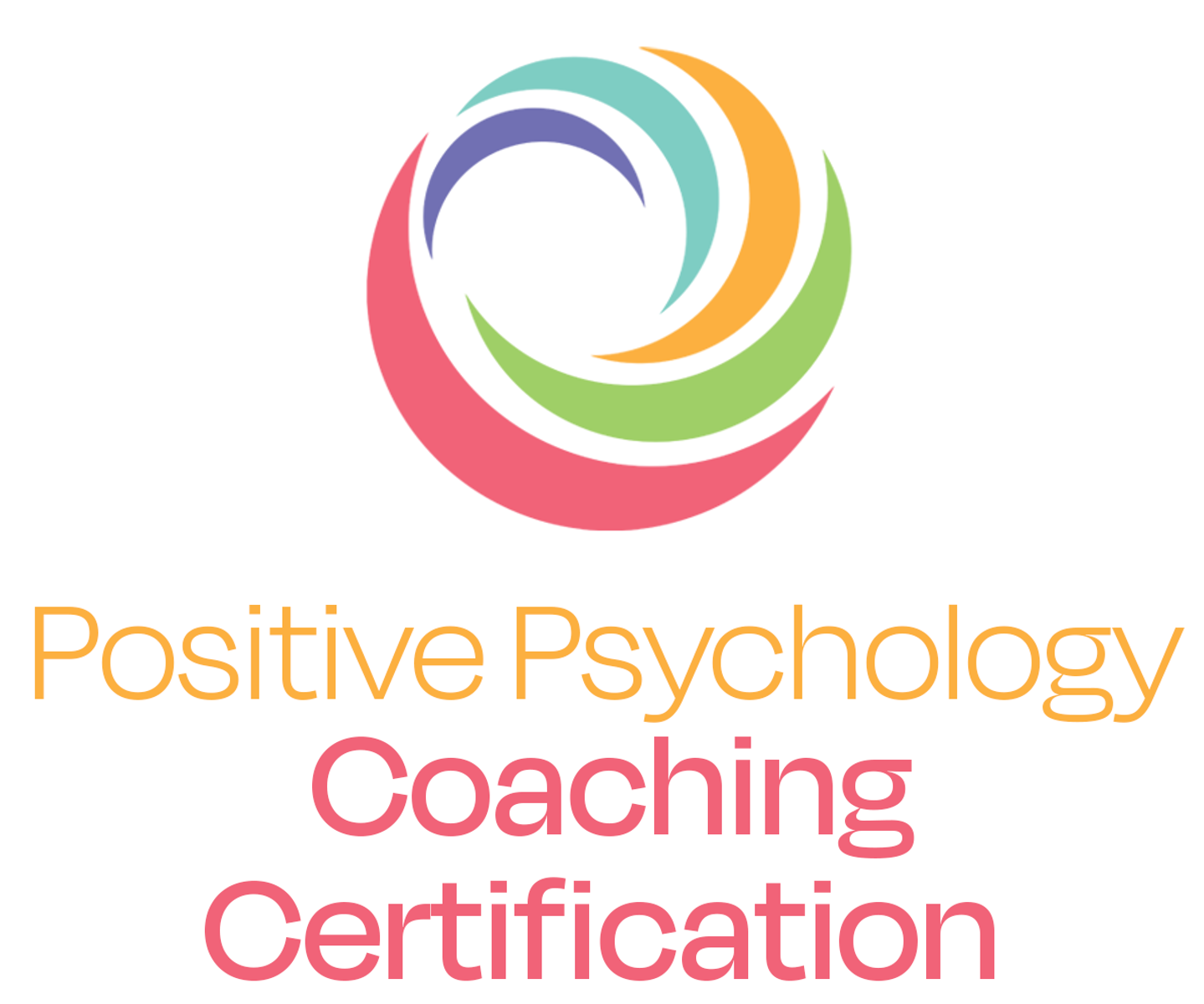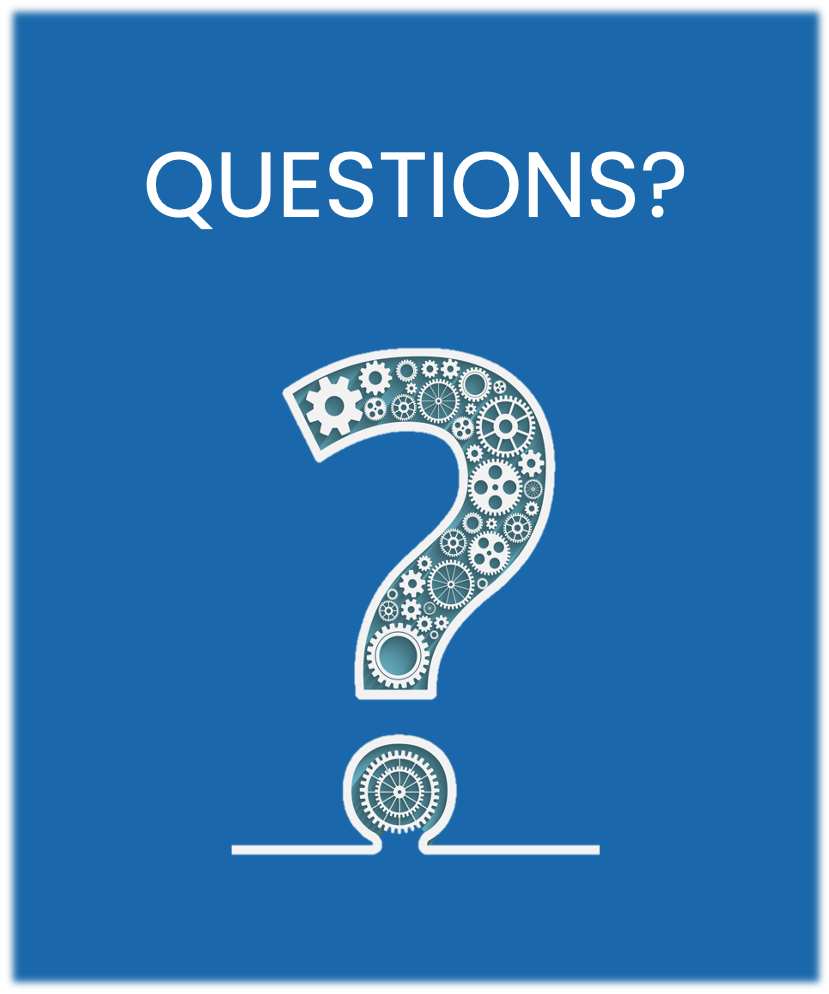by Louis Cinquino
In this series, CiPP4 graduate Louis Cinquino brings to life some of the core concepts of positive psychology and wholebeing happiness—putting the basics in context through his insightful observations, personal experiences, and fresh interpretations. Louis begins each installment in the series with a six-word story.
He grew old like music. Merrily.
I have studied music. I have studied emotions. I’ve been pretty lousy at both.
Let me show you what I mean. I offer you “The Three Phases of My Emotional Development” with accompaniment from the three musical instruments I’ve tried to learn how to play.
While my music remains lousy, the good news is that I found a different kind of teacher who is going to help us all create harmony in our emotional lives.
So please bear with the lousy music for now …
Phase One: The Three Notes of Childhood
I took a year of piano lessons around the third grade and the only song I can remember learning was this:
On the other hand, my mom only remembered one thing about my year of taking piano: all the crying I did when it was time to practice or go to my lesson. To be fair, I had another very important priority: playing basketball in our living room with a ball made from newspaper and masking tape and a rim made from a wire coat hanger.
That approach has pretty much been how I handled my emotions through most of my early life—refusing to practice dealing with them, putting up an incredible fuss when they were activated, and distracting myself with useless pursuits.
So, like my piano playing, I developed the emotional range of about three notes—happy, sad, and the vast, unchartered territory of “in between.”
Phase Two: Where There Is Smoke, There Are Mirrors
As an adult, I tried for about three months to learn to play the guitar. I got as far as Deep Purple’s “Smoke On the Water,” which I saw as a great achievement. I had always wanted to learn how to play the key part of the song—those killer first notes. Here’s how you can play along.
My emotional mastery as a grown-up evolved similarly. I learned a few killer emotions—love, anger, resentment, regret, malaise—but just enough to play them without mastery. I could feel love, but not express it. I could identify anger, but not constructively channel it. Other emotions rang out from time to time, and I had no ability to tune them toward healthy emotional resilience.
Phase Three: Squeezing It Out
Then came the accordion.
In comparison to the piano and the guitar, playing the accordion was my biggest musical achievement. I lasted almost two full years—which is how long it took me to make it through the beginner book.
The accordion is a difficult instrument to master—to me, it felt like playing the piano and guitar at the same time. Tricky stuff considering I couldn’t play either instrument on its own. But the progress I made was exciting. I could actually play notes and chords that sounded kinda, a little, like actual songs.
My teacher, Alex Meixner, who went on to star as TV’s Hormel One-Man Band Guy and perform in the Jack Black movie The Polka King, still remembers me for my signature song: a loving rendition of “Charlie the Chimp.”
(Coincidentally, this version is from Roxy’s Music store in Batavia, New York, where I attended high school.)
As I moved through the rocky waters of midlife, I likewise picked up a trick or two about trying to understand multiple emotions at once. As I learned about my emotions, I made what I considered great progress in dealing with them.
But, like my wooden and laconic musicianship, I only knew how to survive them, not how to orchestrate them into a positive soundtrack for my life.
I started to identify difficult emotions and politely avoid them (without throwing tantrums) and how to gently let them pass through me (without delving too deeply into depression or anxiety). And, most of all, how to escape them (by playing full-court basketball or distance running).
The Next Phase: A New Song
I think I’m done trying to learn a new instrument, at least for now. But I may have just begun the true evolution of my emotional repertoire.
Through the study of positive psychology, I have come to understand the power of positive emotions—how they can not just help us get through difficult times, but actually rewire our brains for ongoing success and better outcomes in our work and our relationships.
Yet there remains the significant dilemma of negative emotions—the noise that thumps in our heads, has us spinning as we ruminate, and stops us from tuning into and performing the work that we are called to do.
To learn the lesson of playing through that kind of noise, I sat with a maestra of a different discipline: Pema Chödrön, the revered American Buddhist nun and best-selling author of such works as When Things Fall Apart.
What she tried to teach me, and the others at a recent retreat in Vermont, was how to work compassionately with difficult feelings.
In other words, how to feel what you feel and let it remain part of you, no matter how painful or toxic that emotion is. This requires virtuosity—the skill and awareness to keep yourself safe from those emotions, yet not be in such a hurry to escape from them.
For, when we not only cultivate positive emotions, but also learn how to listen better to difficult ones, we can each play our own unique song—on and on to our heart’s content.
Louis Cinquino is a writer, editor, runner, dad, and graduate of CiPP4. His personal observations, discoveries, and training plan as he prepared for the Fifth Avenue Mile race were featured in “The Mulligan Mile,” (Runners World, September 2013). The article forms the basis of his memoir, currently awaiting publication. He also develops online advertising and has worked with Wholebeing Institute to promote its website and course enrollment. You can read more from Louis on his blog, TakingMulligans.com.


 Louis Cinquino is a writer, editor, runner, dad, and graduate of CiPP4. His personal observations, discoveries, and training plan as he prepared for the Fifth Avenue Mile race were featured in “The Mulligan Mile,” (Runners World, September 2013). The article forms the basis of his memoir, currently awaiting publication. He also develops online advertising and has worked with Wholebeing Institute to promote its website and course enrollment. You can read more from Louis on his blog,
Louis Cinquino is a writer, editor, runner, dad, and graduate of CiPP4. His personal observations, discoveries, and training plan as he prepared for the Fifth Avenue Mile race were featured in “The Mulligan Mile,” (Runners World, September 2013). The article forms the basis of his memoir, currently awaiting publication. He also develops online advertising and has worked with Wholebeing Institute to promote its website and course enrollment. You can read more from Louis on his blog, 